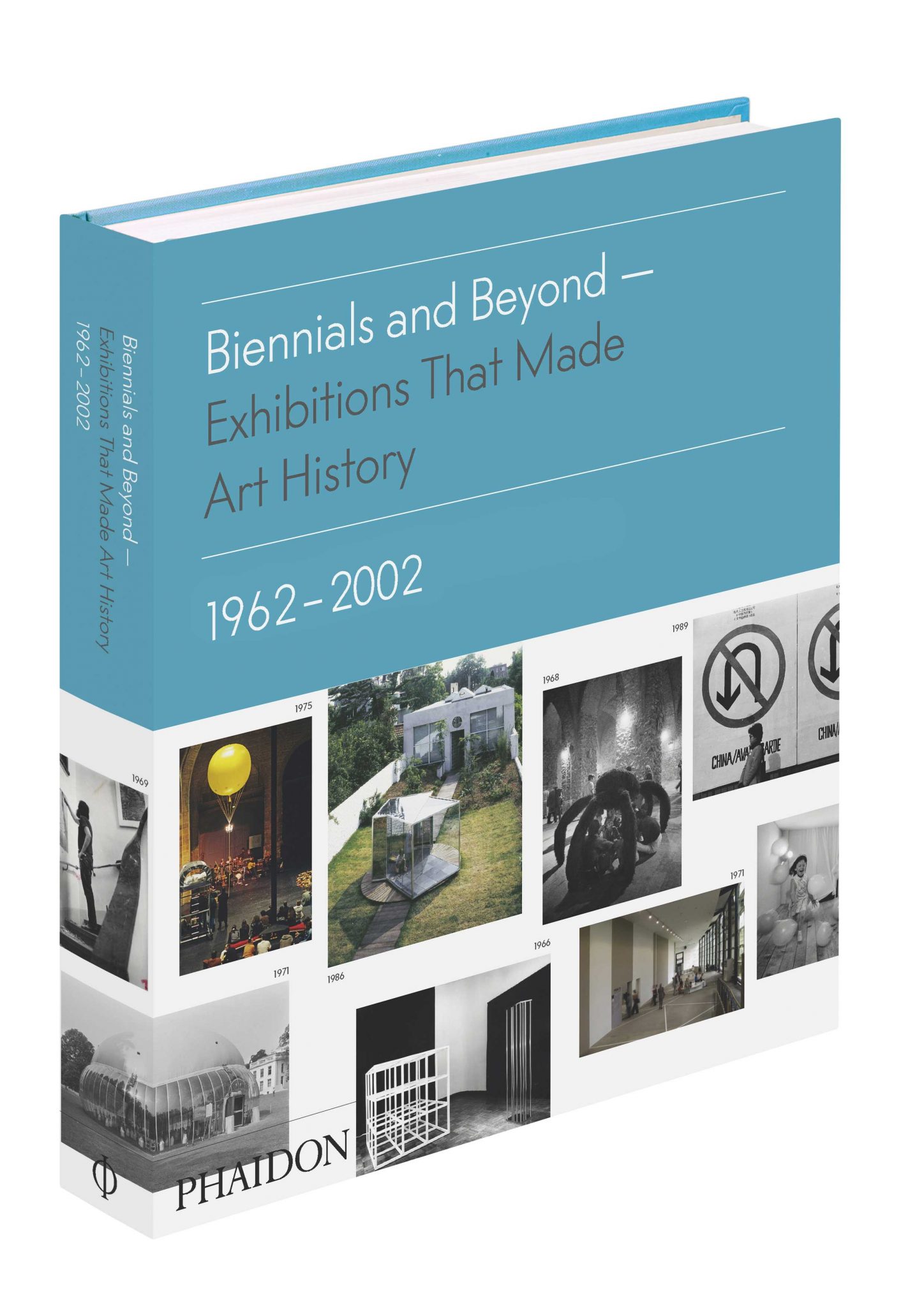Limpid and somewhat conservative in tone, Biennials and Beyond is the final instalment in Bruce Altshuler’s unofficial trilogy of books exploring canonically significant exhibitions of the twentieth century. Although 14 years separated The Avant-Garde in Exhibition (1994) and Salon to Biennial – Exhibitions That Made Art History: 1863-1959 (2008), Altshuler’s concise and unambiguous style saw the former elevated to the status of a classic (a staple of emerging curatorial studies syllabi worldwide) and the later garlanded with rave reviews. The good news is Biennials and Beyond doesn’t disappoint, but, true to Altshuler’s measured execution, it doesn’t rock the art-historical boat either.
Spanning 1962-2002, 25 exhibitions that have contributed to shifts in modes of perception, presentation and the practice of art have been selected for investigation, from Dylaby at the Stedelijk Museum in 1962, featuring work by Robert Rauschenberg, Niki de Saint Phalle and others, to Documenta 11 in 2002, curated by Okwui Enwezor and a team of co-curators. What unfolds is a kind of greatest hits survey; one that Altshuler admits is ‘inflected by personal background and taste’. Each of the case studies, which also include Freeze, London (1988) and New York’s Whitney Biennial of 1993, consists of a one-page introduction, followed by archival photographs and text excerpts from their respective exhibition catalogues and contemporaneous press reviews. These reprints essentiality cede criticality to historical voices, but it is the presence of their original and spirited lines of dissension that bring the book to life.
The central criticism of Biennials and Beyond is that it is unclear whom the book is for; it is too potted for specialists (surely more could have been translated from the Documenta 5 catalogue) and perhaps too hefty to be of practical use for students. The book does, however, present an inspiring display of curatorial invention and conceptual vitality. For that reason alone it is essential reading for anyone looking to invigorate a lacklustre exhibition field that has replaced innovation and experiment with the austere and fastidious. Biennials and Beyond may be an unwieldy primer for those who are studying exhibition histories – but, that said, if and when a paperback version is released, Altshuler will have another classic on his hands.
